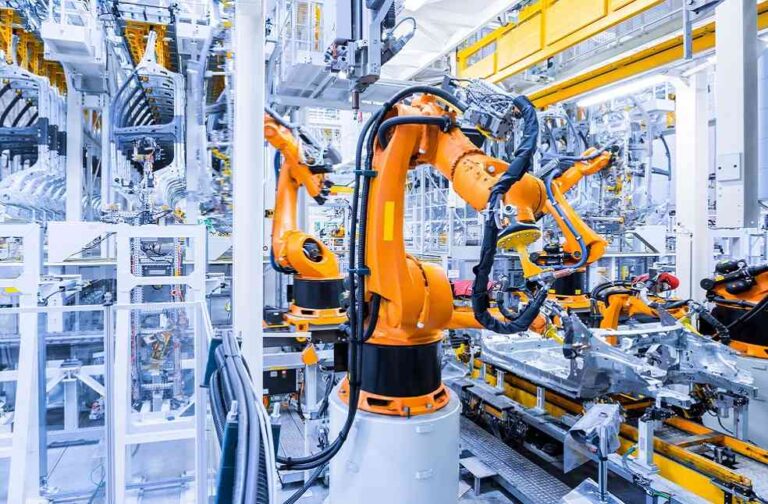The United States recorded a contrasting trend in loading machinery imports for 2023: a 6.1% decline in volume to 5.1 million units juxtaposed against a surge in value to $3.8 billion, as per IndexBox estimates. This pattern highlights a shift towards more sophisticated, high-value machinery despite the slight dip in quantities.
The peak year for import volumes was 2017 with 7.4 million units; subsequent years have seen levels normalize at lower figures, culminating in the recent decrease. Contrastingly, the value trajectory has demonstrated vigorous growth, with an average annual increase of 6.7% over the last decade, peaking with a 32.2% rise since 2020. The most pronounced growth occurred in 2021, reflecting a robust recovery and escalating demand for technologically advanced machinery.

Principal Suppliers and Market Dynamics
Canada, Mexico, and South Korea stood as the top contributors, accounting for 44% of total U.S. imports in 2023. Notably, South Korea showcased remarkable growth, with a Compound Annual Growth Rate (CAGR) of 28.9% in unit terms and an impressive 37.5% in value terms from 2013 to 2023, signifying its rising prominence as a supplier of advanced loading machinery.
In value metrics, Mexico led with shipments valued at $996 million, followed by Germany at $678 million, and Canada at $476 million. These nations collectively represented 57% of total U.S. import value, with South Korea, Italy, China, and Japan contributing an additional 23%.

Pricing Trends and Prospects
The cost of loading machinery reached $451 per unit by 2023, reflecting a 22% increase over the prior year. Over the decade, the price has ascended at an average annual pace of 2.7%. Among the top exporters, Germany demanded the highest price per unit at $2,018, reflecting its premium technology and quality. Conversely, Belgium offered some of the most economically priced units at $99 each.
The significant price ascent observed in German machinery, growing at a rate of 20% over the decade, illustrates a wider shift towards more technologically sophisticated, value-enhanced machinery in global trade.
With the U.S. increasingly investing in cutting-edge loading machinery driven by demands for higher efficiency and functionality in logistics and manufacturing sectors, the market for these imports is poised to continue its upward trend. This progression towards more advanced, higher-value machinery is anticipated to dominate U.S. industrial imports in the foreseeable future.
DON’T MISS | Global Real Estate Industry: Notable and Insightful Aspects



